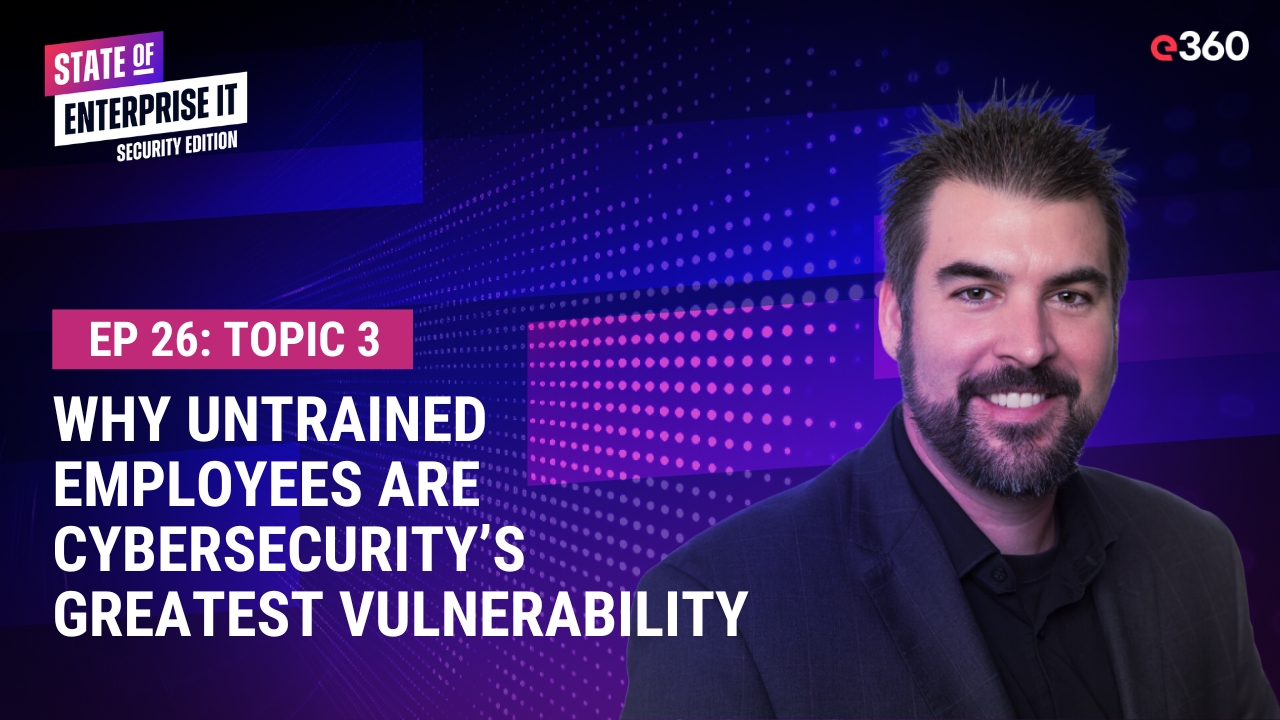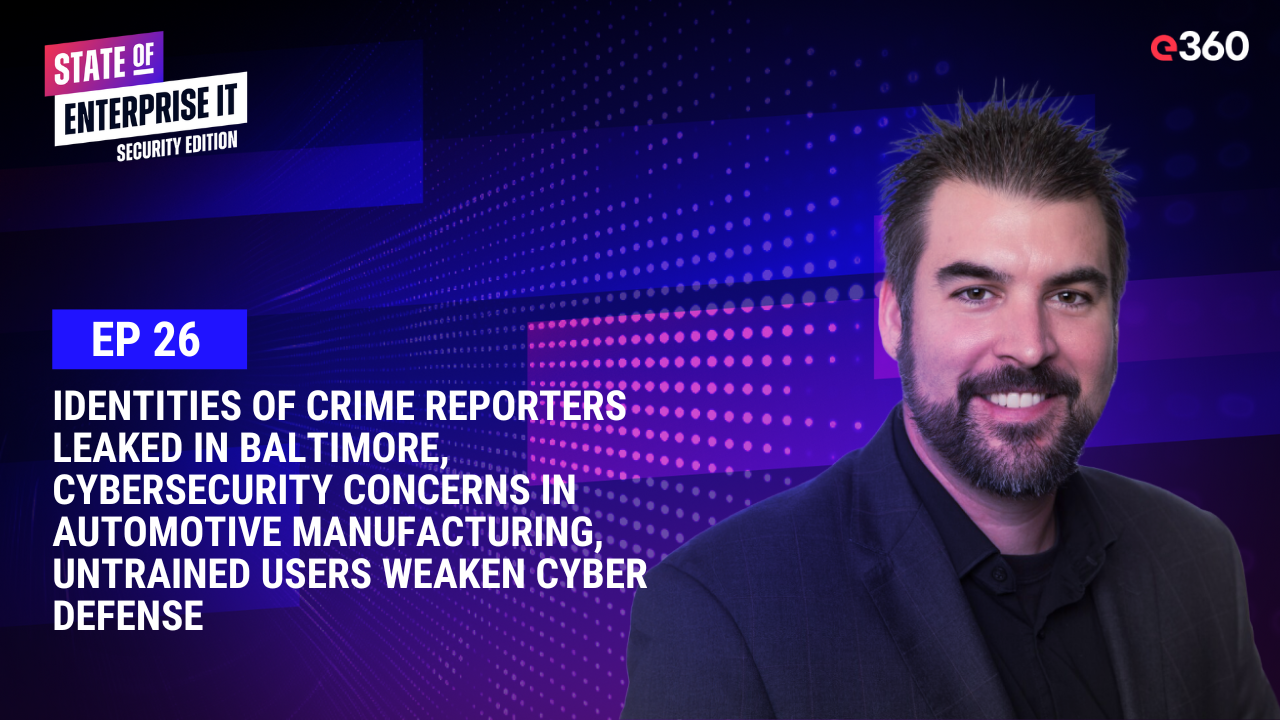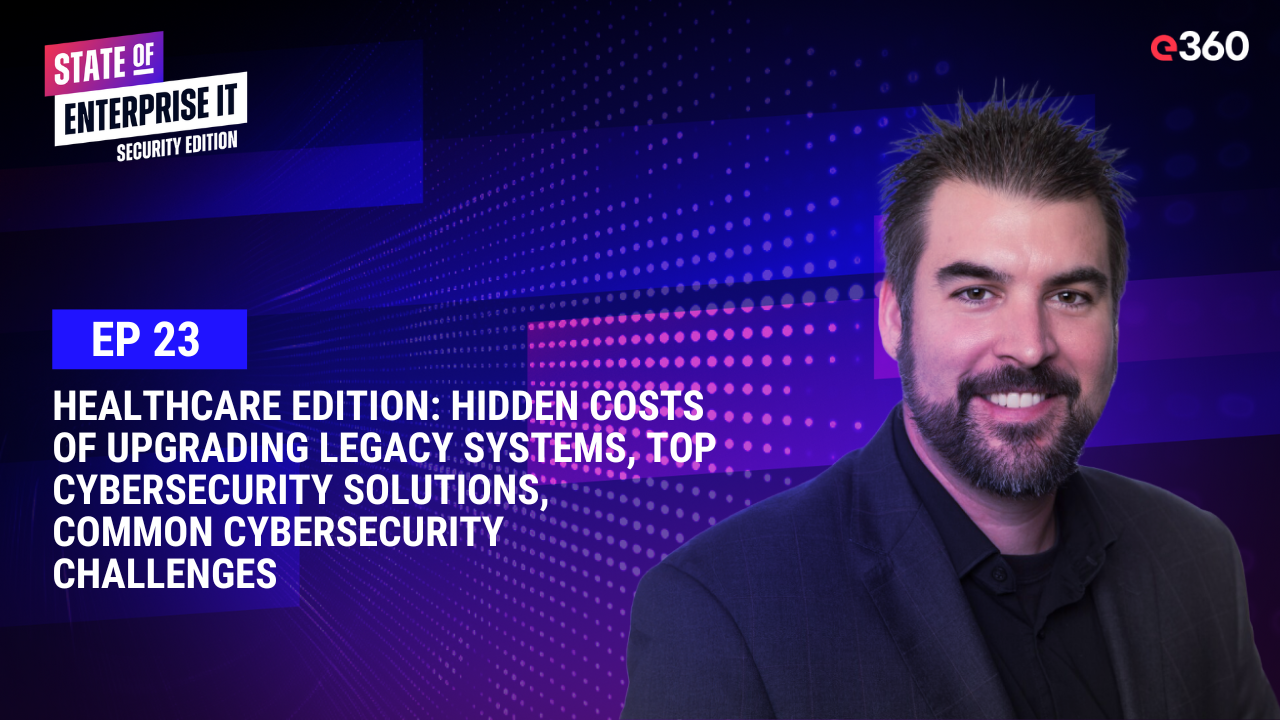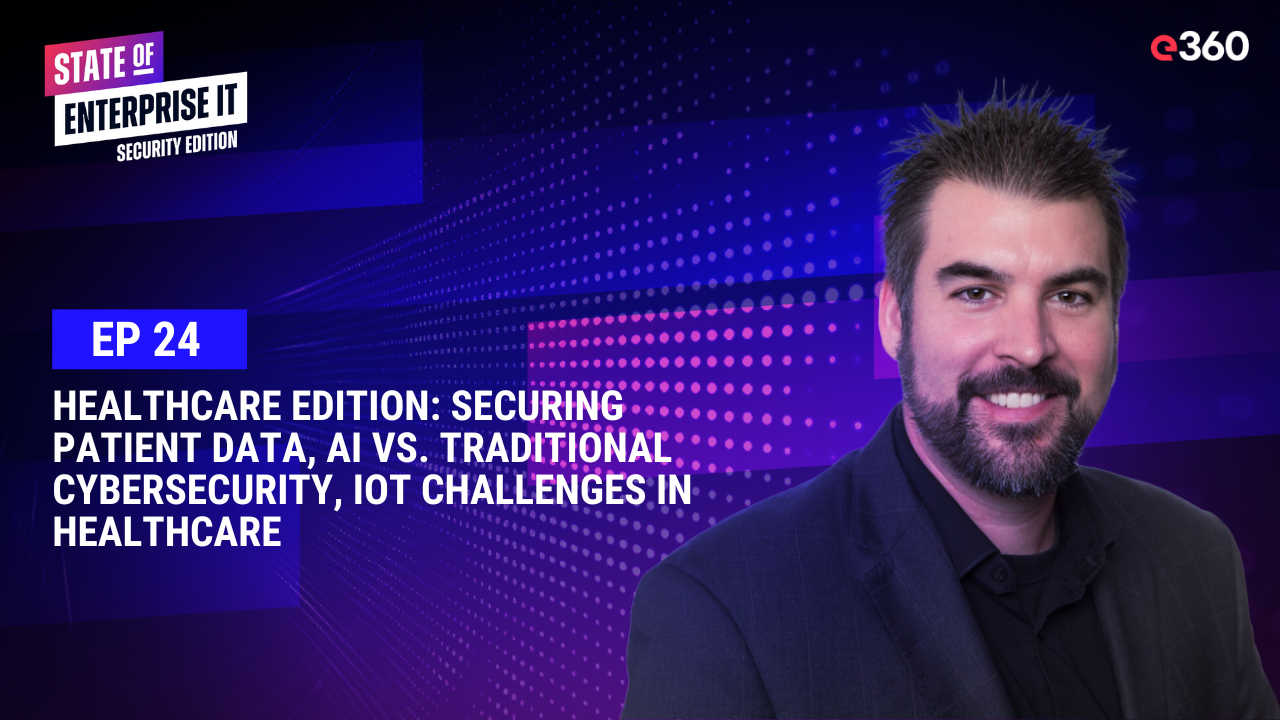This article is taken from Episode 26 of the State of Enterprise IT Security podcast.
Watch the Clip:
In today's cybersecurity environment, organizations often focus on implementing cutting-edge technical defenses. However, cybersecurity experts consistently point to a more fundamental vulnerability: the human element. Let's explore why untrained employees are often considered the greatest weakness in a cyber defense plan and what can be done about it.
The Scope of the Problem
Despite robust technical measures, many organizations fall victim to cyber attacks due to human error. Common mistakes include:
- Clicking on phishing links
- Using weak passwords
- Mishandling sensitive information
- Failing to follow security protocols
These seemingly small errors can have outsized consequences. According to IBM, the average cost of a data breach in 2020 was $3.86 million. Beyond immediate financial impacts, such incidents can severely damage an organization's reputation and erode customer trust.
Real-World Examples
The 2016 Democratic National Committee hack serves as a stark reminder of how sophisticated attacks can bypass technological defenses when users aren't vigilant. Phishing emails were used to gain access to key officials' email accounts, leading to a major security breach.
Similarly, the 2017 Equifax data breach, which exposed the personal information of 147 million people, was partially attributed to a failure to apply a security update. This incident resulted in severe financial penalties and long-lasting reputational damage.
The Psychology of Attacks
Cybercriminals often exploit human psychology through social engineering attacks. These tactics prey on:
- Curiosity
- Fear
- Desire to help
Even cautious users can fall victim to these sophisticated schemes if not properly trained.
Building a Strong Defense
To mitigate the risks posed by untrained users, organizations must invest in comprehensive cybersecurity training. Key areas to cover include:
- Recognizing phishing attempts: Employees should be able to identify suspicious emails and know how to respond.
- Password security: Emphasize the importance of strong, unique passwords and consider implementing passwordless solutions.
- Data handling practices: Educate staff on securely handling sensitive information and the importance of encryption.
- Incident reporting: Foster a culture where employees promptly report potential security incidents without fear of reprisal.
Creating a Security-Aware Culture
Beyond formal training, organizations need to cultivate a security-aware culture. This involves:
- Regular updates on emerging threats
- Ongoing education
- Promoting an environment where cybersecurity is everyone's responsibility
Leadership should model best practices and recognize employees who contribute positively to the organization's security posture.
Conclusion
While technical defenses are crucial, the human element remains cybersecurity's greatest vulnerability. By investing in comprehensive training and fostering a security-aware culture, organizations can significantly reduce risks and strengthen their overall cybersecurity posture. Remember, in the world of cybersecurity, your employees can be your greatest weakness or your strongest asset - the choice is yours.



